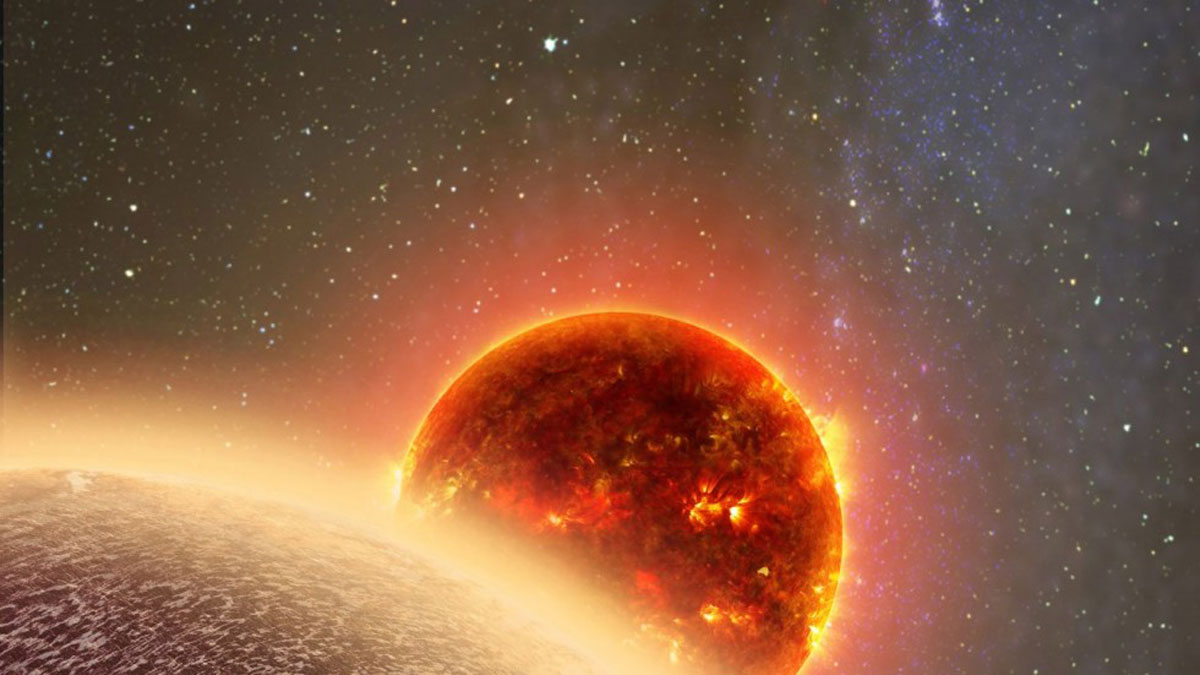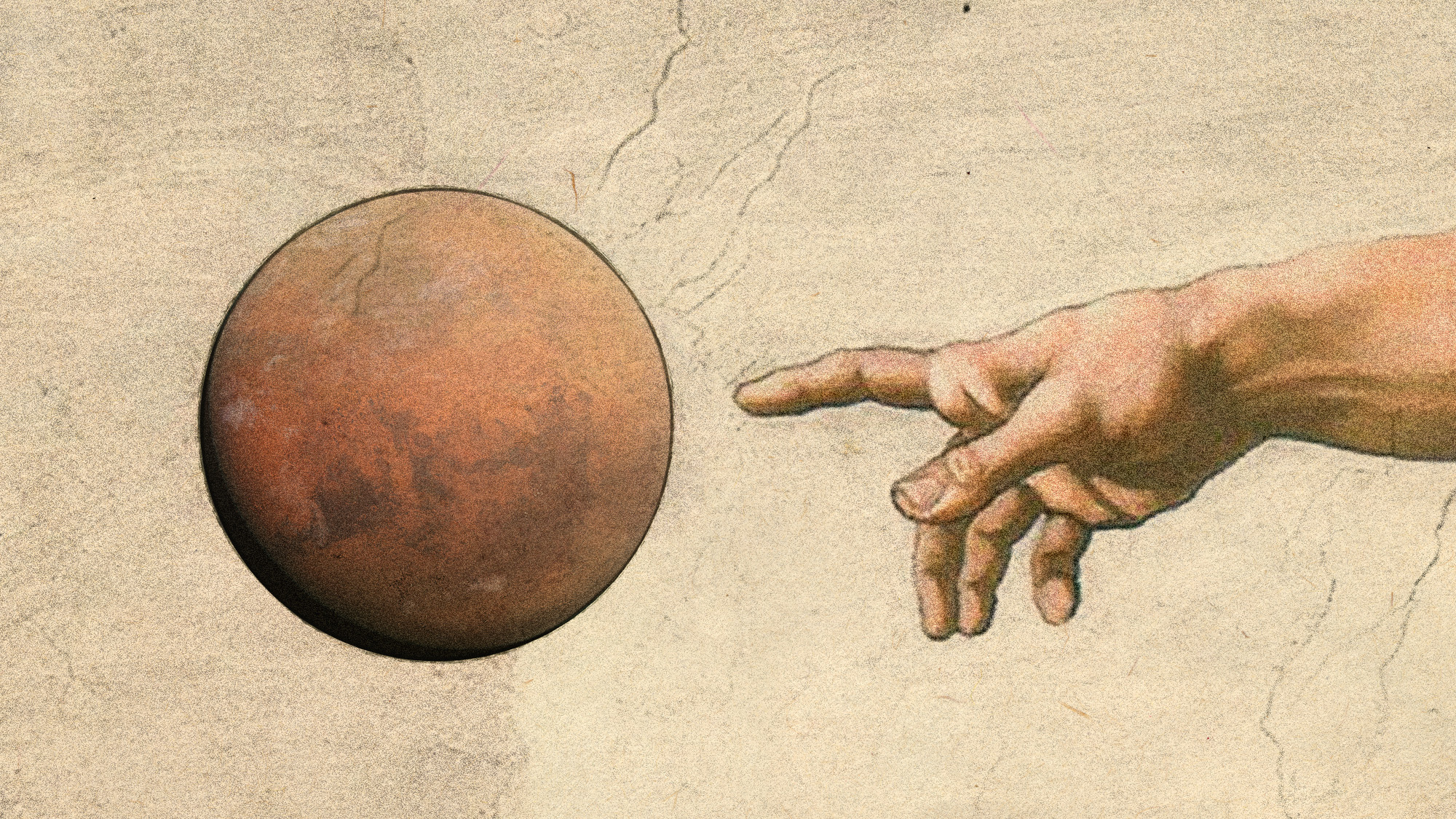GJ 1132b – what do we know about Earth-like planet?
Newly discovered planet could be most important world outside the solar system

An Earth-sized planet close enough for scientists to observe with telescopes could prove to be instrumental in learning more about the worlds beyond our solar system.
GJ 1132b, which is 39 light-years away from Earth, was spotted by robotic telescopes at the Cerro-Tololo Inter-American Observatory in Chile. The powerful telescopes detected a miniscule change in starlight as the planet orbited around its host star, a small red dwarf.
An initial description of the planet in the latest edition of the journal Nature reveals that, like the Earth's moon, GJ 1132b is tidally bound to its host star, so it keeps one face permanently turned to the light while the other half remains in darkness. The planet is similar to Earth in size and mass but orbits far closer to its host star than the Earth does to the Sun, meaning a scalding temperature of around 260C – or, as the report's co-author Zachory Berta-Thompson summarises it, "burnt-cookie hot".
The Week
Escape your echo chamber. Get the facts behind the news, plus analysis from multiple perspectives.

Sign up for The Week's Free Newsletters
From our morning news briefing to a weekly Good News Newsletter, get the best of The Week delivered directly to your inbox.
From our morning news briefing to a weekly Good News Newsletter, get the best of The Week delivered directly to your inbox.
Such intense heat rules out the possibility of water or intelligent life being found on the planet. Crucially, however, this temperature is not high enough to burn off the planet's atmosphere, thereby providing a fertile ground for astronomers to study. Specifically, researchers believe that the planet is close enough to detect the colour of its sunsets and its wind speeds.
Berta-Thompson spelt out just how important the new discovery could be for the future of space exploration. "If this planet still has an atmosphere, then we might find other, cooler planets that also have atmospheres and orbit small stars. We can then imagine interrogating the atmospheres for molecules that come from life," he said.
"Our ultimate goal is to find a twin Earth, but along the way we've found a twin Venus," Dr David Charbonneau, from the Harvard-Smithsonian Center for Astrophysics, told the Daily Telegraph. Charbonneau predicted that the new planet's atmosphere would resemble that of Venus, which is dense, hot and sulphuric.
Answers to scientists' questions could come sooner rather than later, with the scheduled 2018 launch of the James Webb Space Telescope raising hopes that the instrument could be used to find out more about the planet's composition and atmosphere.
A free daily email with the biggest news stories of the day – and the best features from TheWeek.com
-
 Into the Woods: a ‘hypnotic’ production
Into the Woods: a ‘hypnotic’ productionThe Week Recommends Jordan Fein’s revival of the much-loved Stephen Sondheim musical is ‘sharp, propulsive and often very funny’
-
 ‘Let 2026 be a year of reckoning’
‘Let 2026 be a year of reckoning’Instant Opinion Opinion, comment and editorials of the day
-
 Why is Iran facing its biggest protests in years?
Why is Iran facing its biggest protests in years?TODAY’S BIG QUESTION Iranians are taking to the streets as a growing movement of civic unrest threatens a fragile stability
-
 The 5 biggest astronomy stories of 2025
The 5 biggest astronomy stories of 2025In the spotlight From moons, to comets, to pop stars in orbit
-
 Blue Origin launches Mars probes in NASA debut
Blue Origin launches Mars probes in NASA debutSpeed Read The New Glenn rocket is carrying small twin spacecraft toward Mars as part of NASA’s Escapade mission
-
 ‘The Big Crunch’: why science is divided over the future of the universe
‘The Big Crunch’: why science is divided over the future of the universeThe Explainer New study upends the prevailing theory about dark matter and says it is weakening
-
 The moon is rusting
The moon is rustingUnder the radar The Earth is likely to blame
-
 Panspermia: the theory that life was sent to Earth by aliens
Panspermia: the theory that life was sent to Earth by aliensUnder The Radar New findings have resurfaced an old, controversial idea
-
 Africa could become the next frontier for space programs
Africa could become the next frontier for space programsThe Explainer China and the US are both working on space applications for Africa
-
 Hurricanes are not exclusive to Earth. They can happen in space.
Hurricanes are not exclusive to Earth. They can happen in space.Under the radar These storms may cause navigational problems
-
 Answers to how life on Earth began could be stuck on Mars
Answers to how life on Earth began could be stuck on MarsUnder the Radar Donald Trump plans to scrap Nasa's Mars Sample Return mission – stranding test tubes on the Red Planet and ceding potentially valuable information to China